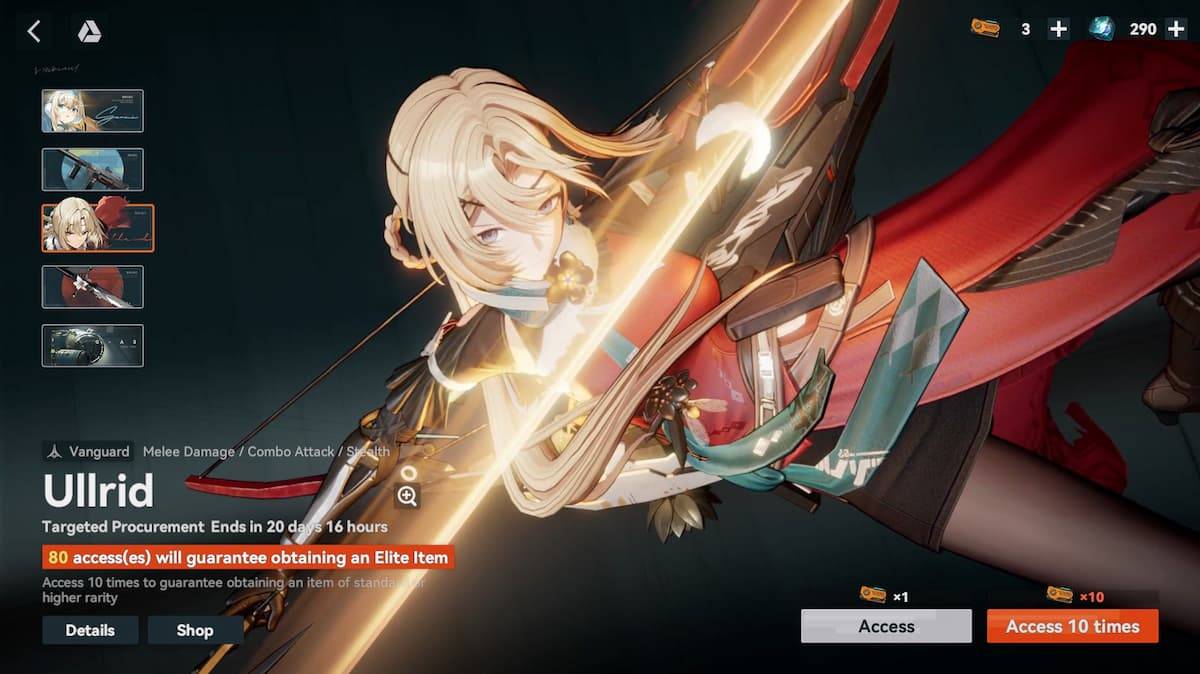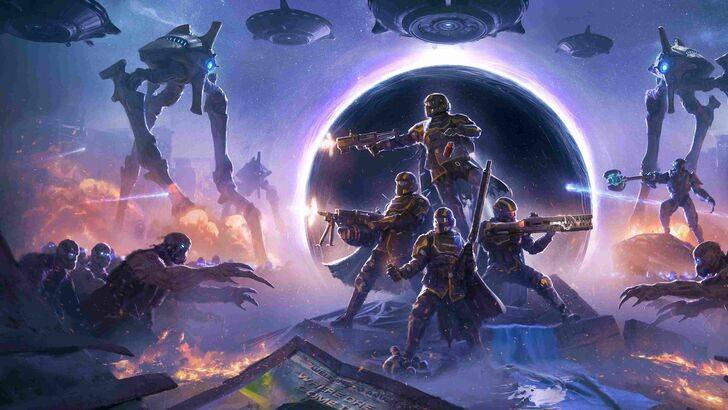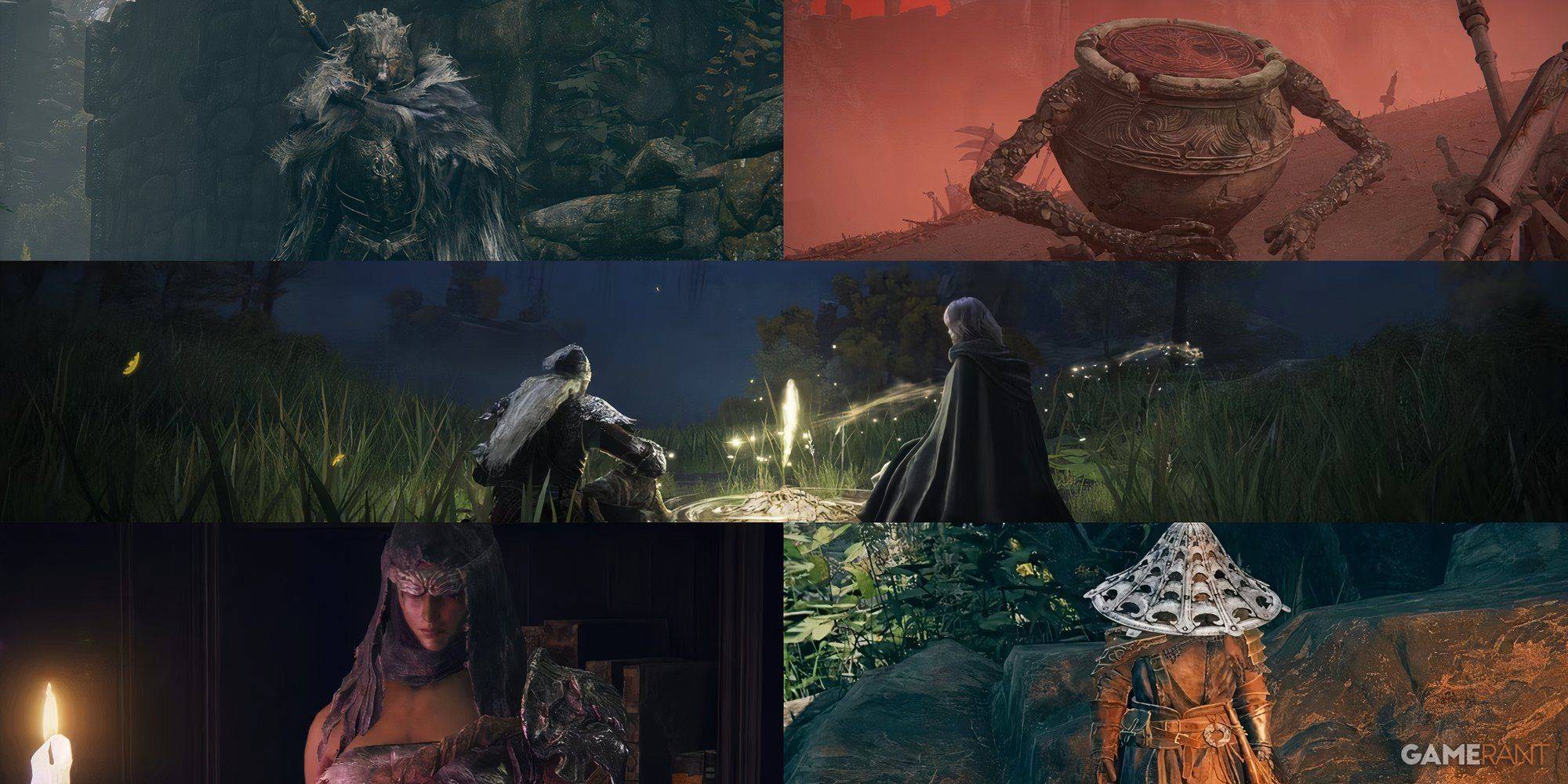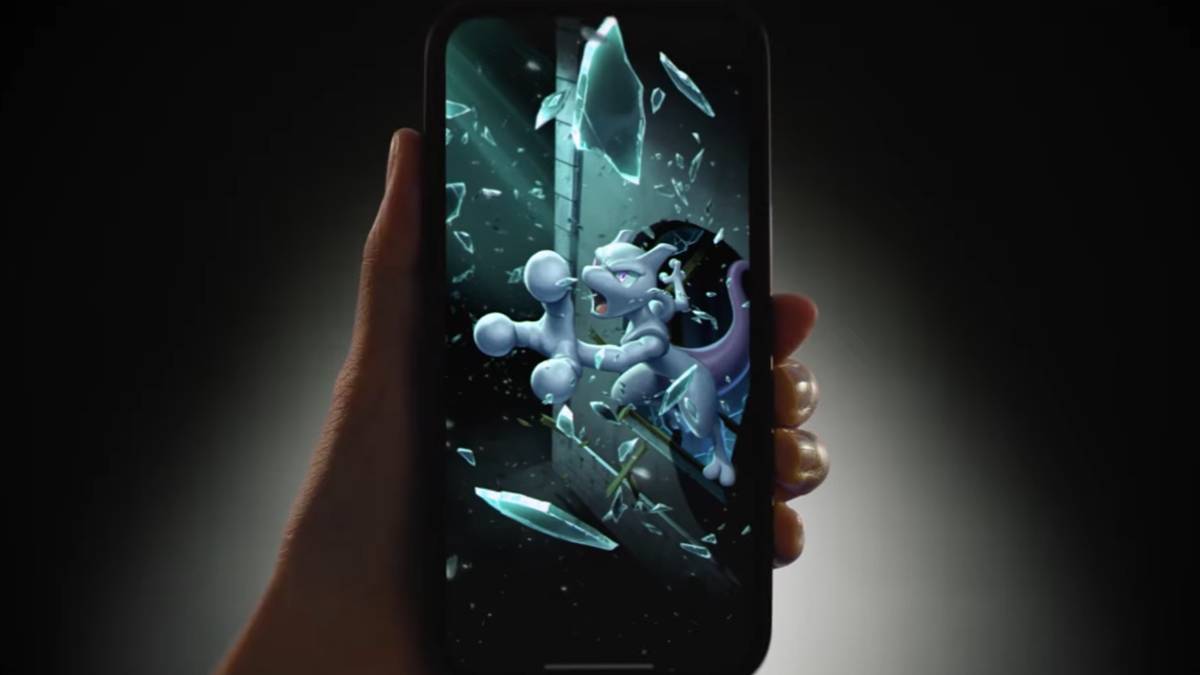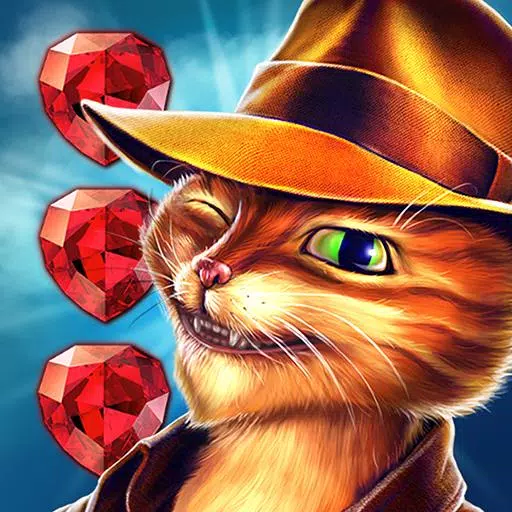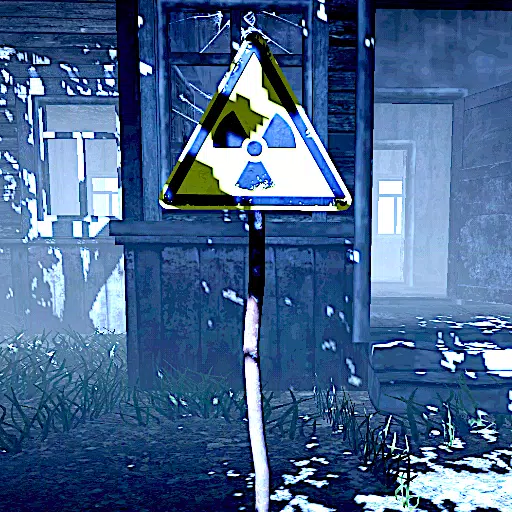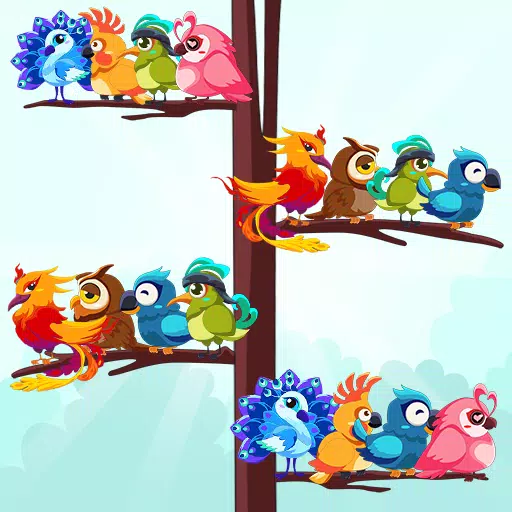\"Angry Kirby\" Explained by Former Nintendo Employees
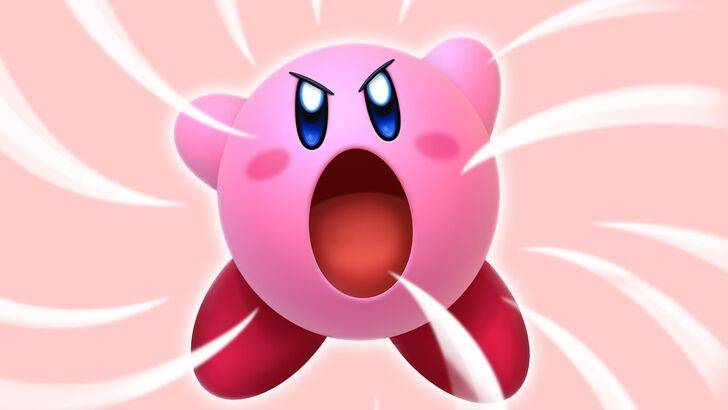
Discover why Kirby's appearance varies between the U.S. and Japan, and how Nintendo adjusts its marketing strategies for different audiences. Dive into the insights provided by former Nintendo employees on the global approach to localization.
"Angry Kirby" Was Made To Appeal To Wider Audiences
Nintendo Rebranded Kirby For More Appeal In The West
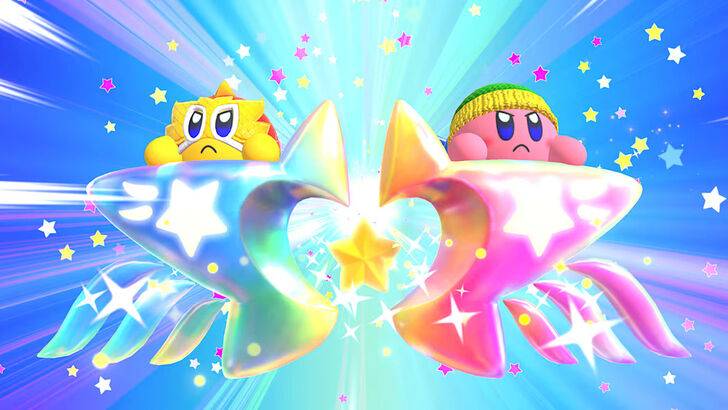
Kirby's character design was intentionally made to appear more determined and fierce in the U.S. to cater to American audiences, earning the nickname "Angry Kirby." In a January 16, 2025, interview with Polygon, former Nintendo Localization Director Leslie Swan shed light on this strategic shift. She noted, "In Japan, cute and sweet characters resonate with all ages. However, in the U.S., tween and teen boys are more drawn to characters with a tougher demeanor."
Shinya Kumazaki, Director of Kirby: Triple Deluxe, echoed this sentiment in a 2014 GameSpot interview, stating that while Japan favors the cute version of Kirby, the U.S. market prefers a portrayal of Kirby that emphasizes strength and combat. Yet, he acknowledged that some titles, like Kirby Super Star Ultra, featured a tough Kirby on both U.S. and Japanese box art, aiming to showcase Kirby's serious side through gameplay while still capitalizing on his cuteness in Japan.
Advertising Kirby As "Super Tuff Pink Puff"
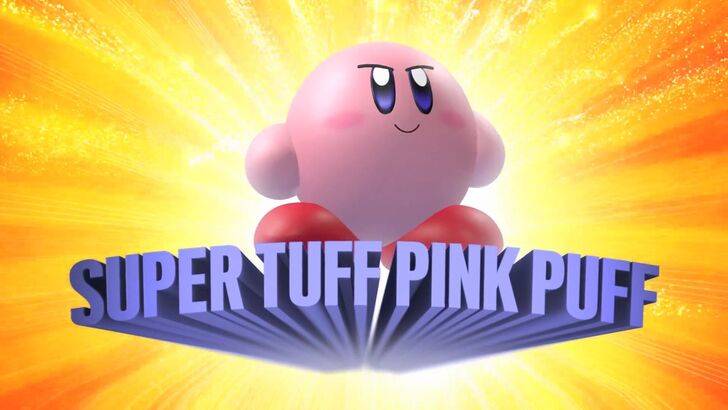
To broaden Kirby's appeal, especially among boys, Nintendo marketed him as the "Super Tuff Pink Puff" for the 2008 release of Kirby Super Star Ultra on the Nintendo DS. Krysta Yang, former Public Relations Manager at Nintendo of America, explained that the company aimed to shed its "kiddie" image. She remarked, "There was a push for gaming to have a more adult and cool factor, and being labeled 'kiddie' was seen as a disadvantage."
Nintendo's marketing strategy evolved to highlight Kirby's combat abilities rather than his personality, as seen in the promotional materials for Kirby and the Forgotten Land in 2022. Yang noted, "Efforts continue to present Kirby as a well-rounded character, though he is still predominantly perceived as cute rather than tough."
Nintendo’s U.S. Localization For Kirby

The localization differences between Japan and the U.S. became evident as early as a 1995 print ad featuring Kirby in a mugshot as part of the "Play It Loud" campaign. Over the years, U.S. box art for games like Kirby: Nightmare in Dream Land (2002), Kirby Air Ride (2003), and Kirby: Squeak Squad (2006) showcased Kirby with sharp eyebrows and a more aggressive expression.
Beyond facial expressions, Nintendo also adjusted Kirby's color palette for Western audiences. The original GameBoy release of Kirby’s Dreamland in 1992 featured a ghostly-white Kirby on the U.S. box art, contrasting with the pink hue used in Japan. This was due to the GameBoy's monochrome display, but the issue persisted until Kirby's Adventure on the NES in 1993 introduced Kirby's pink color to U.S. players. Swan highlighted the challenge, saying, "A puffy pink character wasn't appealing to boys trying to be cool, impacting sales."
Recent years have seen a more uniform approach to Kirby's advertising worldwide, with the character alternating between serious and cheerful expressions.
Nintendo’s Global Approach
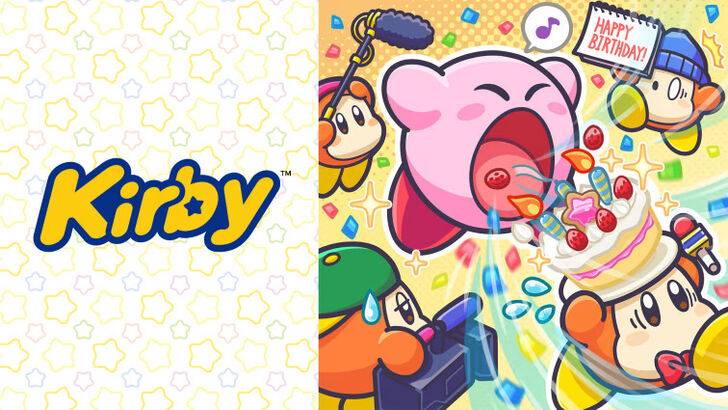
Both Swan and Yang noted that Nintendo has adopted a more global perspective in recent years. Nintendo of America collaborates closely with the Japan office to ensure consistent marketing and localization strategies, moving away from regional variations like the 1995 "Play It Loud" Kirby ad.
Yang discussed the shift, stating, "The move to global marketing is a strategic change. It ensures brand consistency across regions but can sometimes overlook regional differences, leading to more generic marketing approaches for some products."
Game localizers attribute this trend to the broader globalization of the gaming industry and the increasing familiarity of Western audiences with Japanese culture, influenced by exposure to anime, manga, and other media.
Latest Articles




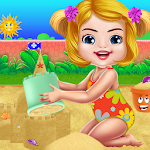
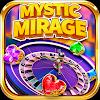



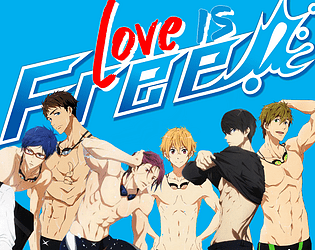

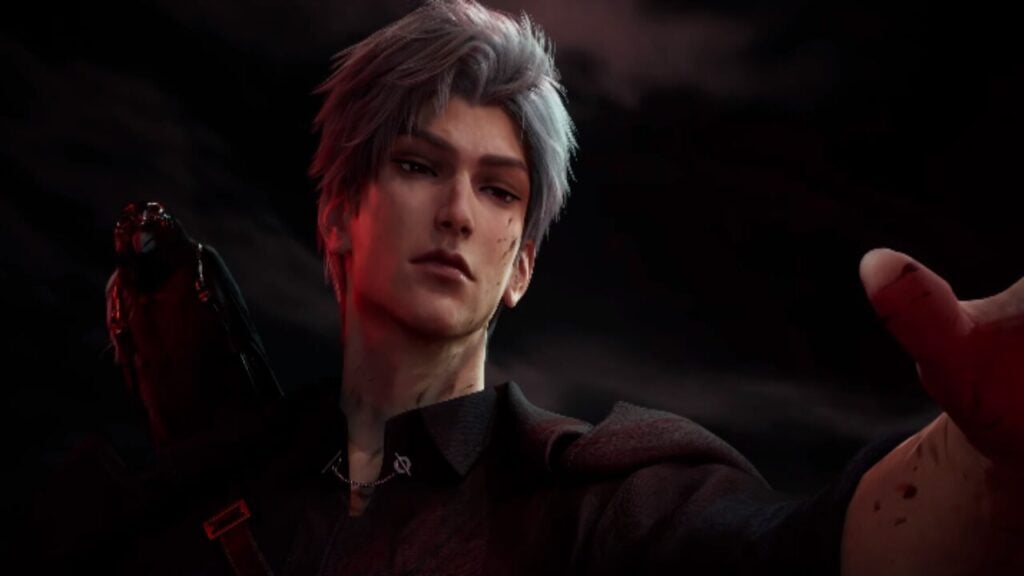
![Roblox Forsaken Characters Tier List [UPDATED] (2025)](https://images.dyk8.com/uploads/18/17380116246797f3e8a8a39.jpg)
